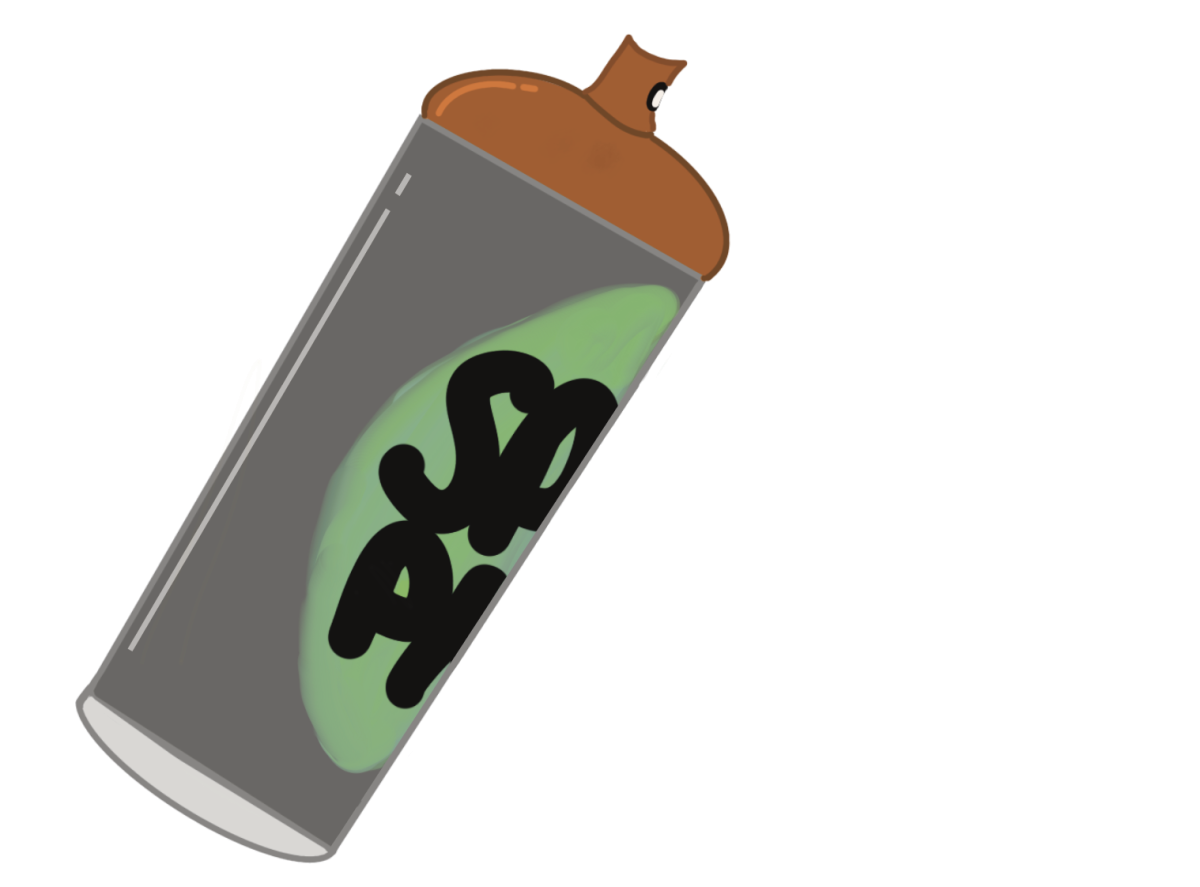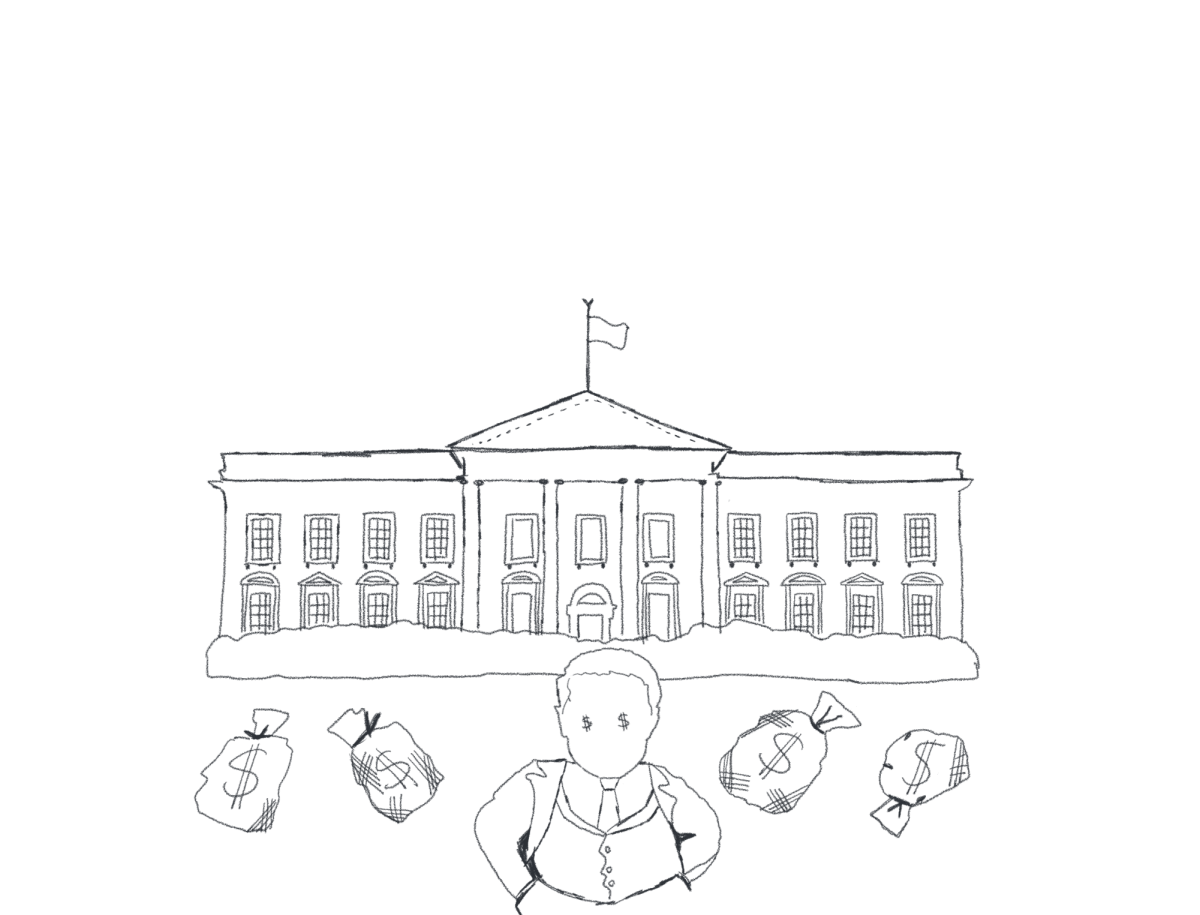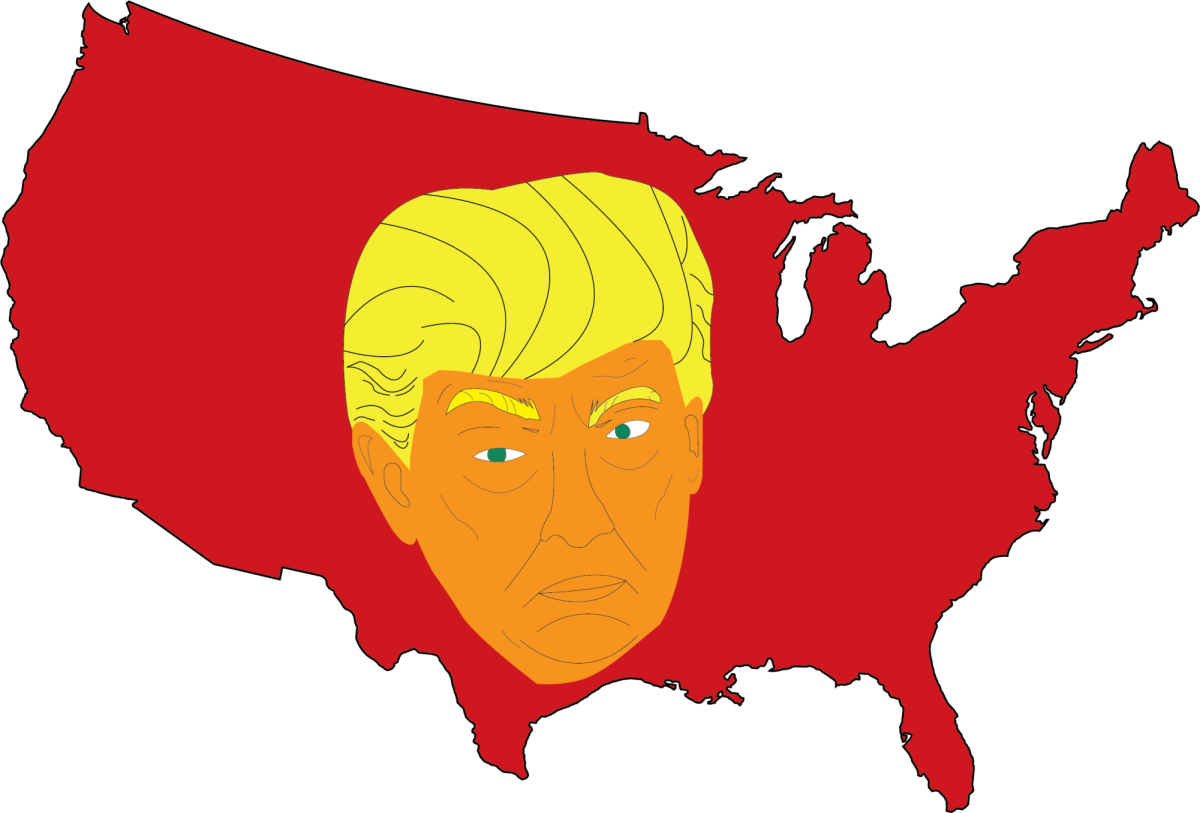Plastered onto coffee shops, painted across skyscrapers, and hidden in front of Chuy’s are tributes to beloved figures, bold social statements, and declarations of love. The murals and graffiti in Austin are an important part of the city’s culture of art and expression that also grants opportunities to aspiring artists.
Austin’s first public mural was displayed in 1950 by artist and UT professor Seymour Fogel. Painted on the Drag on a doorway of University Baptist Church, it displays praying hands along with colorful orbs and designs around the side. Since then, there have been many more iconic installments in Austin’s street art scene, including the famous “Hi, How Are You?” and “You’re My Butter-Half” murals pictured around East Austin.
Luis Angulo, known in the art world as “Uloang”, joined the muralist community after noticing a high demand for wall art in Austin businesses. His vibrant, large-scale murals gained popularity rapidly and now can be seen scattered throughout central Austin.
“I’ve been in Austin since 2007, and I’ve been able to grow with the city,” Angulo said. “I feel that the city has a huge demand for muralists, and when I got started there were only a handful of us, so [my time here has] influenced me in that it’s given me a career. It’s a city that has opportunities for muralists, so it helps me make a living out of it.”
Angulo’s work includes the salamander mural just outside Barton Creek Trail, along with various portraits of artists like Post Malone, Kurt Cobain, Travis Barker, and Janis Joplin. Angulo fuels his art by reminding himself of his reasons for creating and sharing his unique perspective with the world.
“I went to a private Catholic high school that had a very small art program,” Angulo said. “It wasn’t common for any students to pursue art, but one day I realized that’s what I wanted to study, and I was excited to tell my art teacher. His reaction was, ‘why?’ It wasn’t what I was expecting or looking for at that moment, but it inspired me to really ask myself, ‘Why?’ and be sure that this is what I wanted to do.”
One of the city’s oldest muralists, Mike Johnston, or “The Truth,” creates work for a variety of sites including Austin FC, the City of Pflugerville, and many more. He’s been a full-time artist for over a decade and works all over the city. His creative process is shaped by his time in Asia and the Middle East as an art teacher which he draws from through bright pastel colors contrasting with a black and white subject and his family.
“If a certain movie or hero sticks with me, I can build inspiration from that,” Johnston said. “My daughter and song lyrics [inspire me]. Also, if I’m out of ideas, my wife usually has a fresh perspective.”
Johnston currently works with Alamo Drafthouse Cinema, creating large-scale wall art to promote newly released movies, along with several other commissioned and independent projects. His recent works for the Slaughter Lane Alamo location include an eerie cityscape for “A Quiet Place: Day One,” and a colorful portrait of Optimus Prime for “Transformers One.”
“Right now I’m working on a big collage, I’m trying to include as many forms [of art] as I can think of,” Johnston said. “I really think my style and technique has grown by just becoming more free with my creations.”
Many other muralists also take inspiration from personal relationships. Amy Cook’s minimal “I Love You so Much” lettering on the wall of Jo’s Coffee’s South Congress location was originally written as an apology to Amy’s girlfriend, the owner of the coffee shop. Over time, however, it has become a part of something much bigger within Austin. Both locals and tourists stand in front of the red letters to take a photo that symbolizes love, pride, and forgiveness, and caption it with their own personal stories.
Greta Vale is a freshman at LASA and has lived in Austin her whole life. She agreed that personal connections such as Cook’s are what makes Austin’s wall art so special. For many, these pieces reflect their own struggles and experiences in a public space, making them feel less alone and more understood by their community, a goal of many artists.
“I think wall art is very important because it gives cities a sense of identity,” Vale said. “It’s personal to each city individually.”
The wall art in Austin expresses the personal stories of city residents, helping them feel connected. Each mural creates a canvas out of the walls and surrounds the city with acts of expression and character.
“I want my murals to send a message or highlight something about the region or where it’s located,” Angulo said. “To sum it up really, if I can put a smile on someone’s face then, I think my job is done.”






